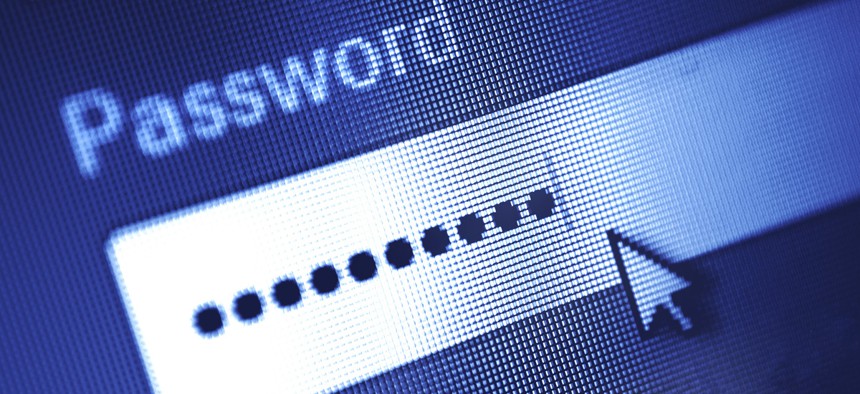Two-Factor Is Better Than One: Celebrating Progressive Government IT

kpatyhka/Shutterstock.com
The U.S. government is putting in place both immediate and long-term steps to drastically enhance data security.
Tony Busseri is CEO of Route1 Inc.
Sometimes, the darkest clouds produce the shiniest of silver linings. The data breach at the Office of Personnel Management announced in June was a terrible event, but it has been a major catalyst for positive change in regards to government cybersecurity practice.
Federal officials have seized the opportunity to critically examine security standards, identify weak points and aggressively address them. The government is now leading the charge for secure mobility, especially with its planned rollout of mandatory two-factor authentication for all agencies.
A number of directives have been established that provide crystal clear guidelines for implementing a secure federal cyber strategy. The Office of Management and Budget, along with U.S. CIO Tony Scott, initiated a 30-day “cyber sprint” June 12, and a number of working groups are providing agencies with the requisite technical assistance to update security methodologies. There can no longer be any excuse for not keeping mobile data secure, and the government is taking the lead on patching critical vulnerabilities.
Among those initiatives included in the cyber sprint was the mandatory implementation of smart card-based two-factor authentication across the federal workforce. This rollout stems from Homeland Security Presidential Directive 12, which mandates a standard for reliable forms of authentication for government networks, including personal identity verification cards and Common Access Cards.
OMB officials are aggressive in their push to implement HSPD-12 compliance for all federal personnel, with a mid- to late-August deadline for two-factor authentication implementation for 75 percent of government employees.
Jim Flyzik, former CIO of the Treasury Department and former vice chair of the Federal Government CIO Council, served over 27 years in the federal government as a forward-thinking IT and cybersecurity leader. Jim asserts that:
“Government leaders are no longer accepting justifications for why two-factor authentication can’t be rolled out across the entire government – it can be done, and it is happening now. Consequences for failure are more severe than ever before, as a lack of compliance with the rollout will result in the disabling of user accounts until they fulfill all requirements. Thankfully, the tide is now turning, and smart card-based two-factor authentication, is becoming a major access requirement for all federal agencies.”
I agree with Jim wholeheartedly. Scott and other government leaders have implemented exactly the right approach with the cyber sprint and ongoing federal security initiatives. In fact, the government’s push for two-factor authentication use is light years ahead of most private enterprises.
Mandating that remote access to critical networks requires multiple forms of authentication provides a necessary layer of security that maintains the integrity of sensitive data. Two-factor authentication facilitates and enforces PIV- or CAC-based access – individuals will have to input their PIN associated with their PIV or CAC (something you know and something that you have) to access sensitive data from a mobile device. The physical nature of the smart card ensures these technologies are much harder to compromise than a username and password.
Effective cybersecurity policy starts at the top, and I applaud the leadership position the feds have taken. The cyber sprint, which officially ended July 12, has already led to major progress in secure access methodology rollout. A number of agencies have hit 100 percent adoption, and across the entire government that number is 20 percent. One agency CIO recently noted his organization increased the number of privileged users utilizing two-factor authentication by over 40 percent during the initial 30-day sprint.
The U.S. government is putting in place both immediate and long-term steps to drastically enhance data security. Implementing HSPD-12 compliant two-factor authentication will save agencies money, as they will not have to pay for the costly back-end management required for other, often less effective, security methodologies.
Additionally, two-factor authentication mitigates the potential for breaches stemming from remote access, allowing federal agencies to avoid the massive financial and reputational costs incurred by a breach.
Forward-thinking leaders, such as Scott, have the foresight to implement progressive technology in order to secure data. They understand secure authentication methods must be implemented rapidly to prevent government exposure to cyberattacks. We can only hope the feds’ push for secure authentication methods trickles down to other industries to prevent further, damaging attacks to data stemming from remote access.
(Image via kpatyhka/ Shutterstock.com)
NEXT STORY: 4 Myths of Citizen Experience






 By
By